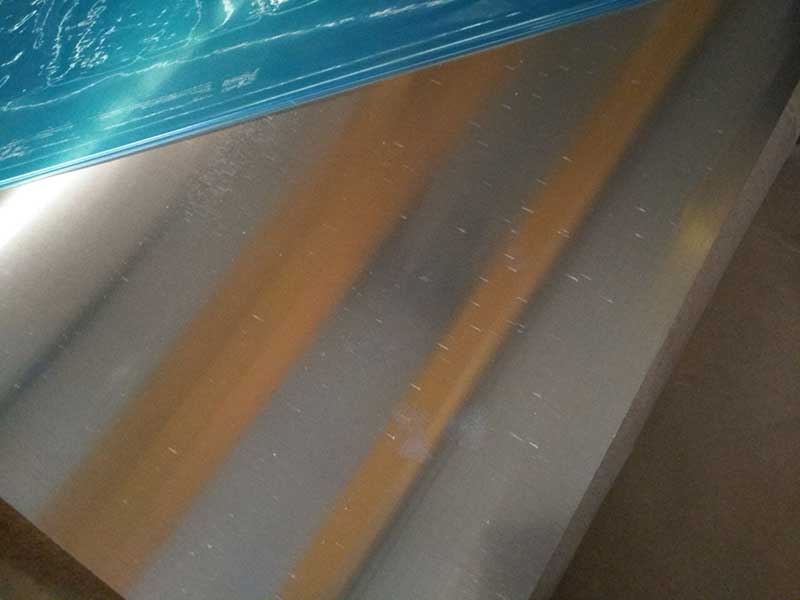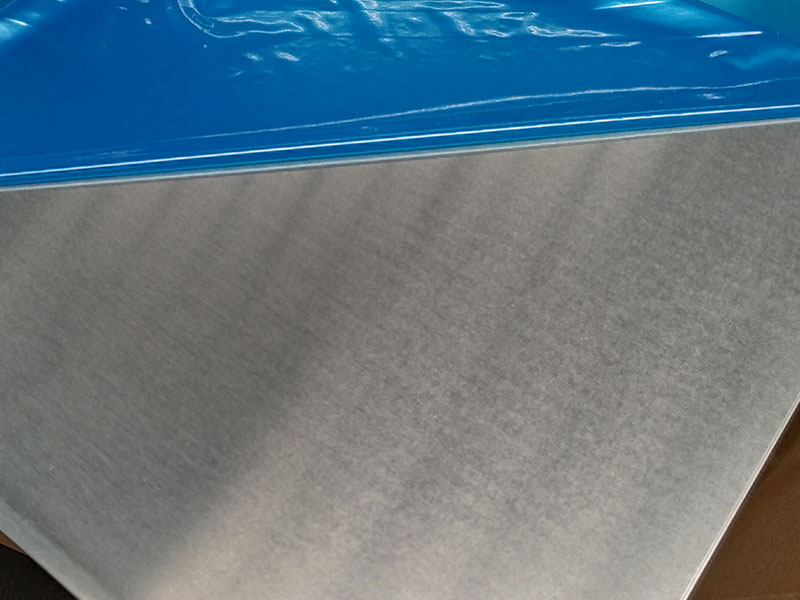2A16 aluminium sheet
2A16 Aluminium Sheet: Unveiling the Unsung Hero of Aerospace and High-Performance Applications
When people think of aluminum sheets, they often imagine the common 6061 or 7075 alloys used in construction or automotive industries. However, nestled in this diverse realm of aluminum alloys is the fascinating 2A16 aluminium sheet—an unsung hero quietly powering some of the most demanding applications, particularly in aerospace and defense sectors.
What Makes 2A16 Aluminium Sheet Stand Out?
2A16, sometimes known by its international designation 2618 aluminium alloy, is a high-strength aluminum-copper alloy prized for its excellent mechanical properties and heat resistance. Unlike the more widely discussed 2000 series alloys, 2A16’s combination of strength and stability at elevated temperatures allows it to maintain performance where many other aluminum grades falter.
Working with 2A16 aluminum sheet (also known as 6016 in some designations), I've found its relatively high strength-to-weight ratio to be a significant advantage in certain applications, particularly where weight reduction is critical without sacrificing structural integrity. We often use it in components for transportation equipment – things like lightweight body panels or internal structural supports – where its excellent formability allows for complex shapes to be achieved through processes like deep drawing and stamping. However, its susceptibility to stress corrosion cracking needs careful management; proper surface treatments and avoiding harsh environments are crucial to ensuring long-term durability. We’ve had instances where improper cleaning or storage led to premature failures, highlighting the importance of adhering strictly to best practices throughout the entire production lifecycle.
Another observation is its weldability. While it's generally considered weldable, the process needs careful control to prevent issues like porosity or cracking. We’ve seen better results with Gas Tungsten Arc Welding (GTAW) compared to other methods, especially when dealing with thicker sheets. Preheating and post-weld heat treatments are often necessary to minimize residual stresses and improve overall weld quality. The slightly higher cost compared to some other aluminum alloys is often justified by its superior strength and the reduced need for additional reinforcement in the final product, ultimately leading to cost savings in the assembly phase and providing a longer service life for the end-user.
Thinking from an aerospace engineer’s perspective, materials are judged by a very specific rubric: strength-to-weight ratio, fatigue resistance, and thermal endurance. 2A16 aluminium sheet ticks all these boxes. Its unique microstructure formed through alloying with copper, magnesium, and iron enhances not only the tensile strength but also gives improved resistance to high-cycle fatigue—critical when components face repeated stress cycles.
Delving into Practical Applications
If you peer under the hood of a fighter jet or the frame of a high-performance race car, you might find components crafted using 2A16 aluminium sheet. It is frequently used in structural parts, engine mounts, and aircraft fittings where weight savings cannot come at the expense of strength or thermal endurance. The sheet form offers ease of fabrication that lets engineers design complex shapes while maintaining the essential mechanical advantages.
Moreover, its machinability and surface finish allow for precision manufacturing, crucial in aerospace where tolerances are unforgiving. The trade-off on corrosion resistance—since 2A16 isn’t as corrosion-resistant as aluminum-manganese alloys—can be managed with proper surface treatment, such as anodizing or cladding, making it adaptable even in various environmental conditions.
Why Should You Consider 2A16 Aluminium Sheet?
From a material procurement standpoint, selecting 2A16 aluminum sheets isn't just about opting for a strong alloy; it’s about choosing a balance of power, heat resistance, and reliability. Industries requiring long-term durability under strenuous conditions, such as aerospace, motorsport, or even advanced robotics, view 2A16 as an economic yet robust choice.
In the context of sustainability and material design optimization, using 2A16 allows engineers to reduce weight without compromising safety margins. This has an indirect environmental benefit—lighter vehicles and aircraft consume less fuel or energy, which aligns with the modern push for greener technologies.
Final Thoughts
2A16 aluminium sheet occupies a unique niche where typical aluminum alloys don’t quite measure up. By combining mechanical strength, heat tolerance, and workable sheet form, it quietly serves as an enabler of performance in critical, high-stress environments.
If you are searching for an aluminum sheet that can meet demanding specifications beyond everyday usage, 2A16 is worth a deeper look—not just as a material, but as a strategic choice that blends engineering excellence with practical performance.







